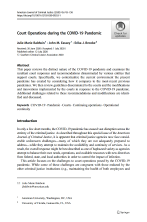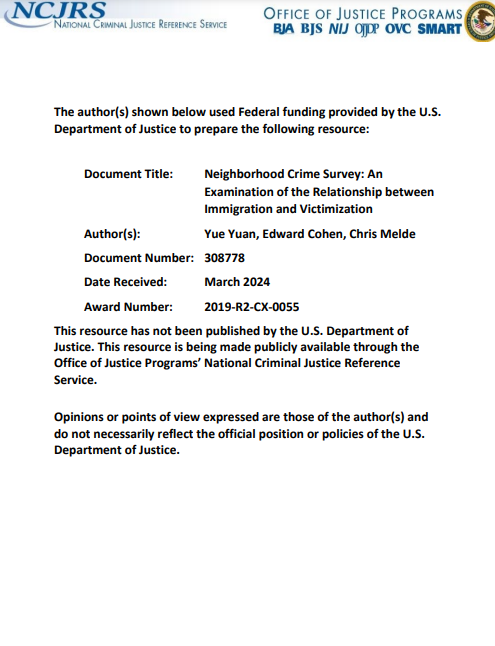By Elizabeth A. Mumford; Bruce G. Taylor; Weiwei Liu; Jeremy Barnum
This document reports on the Officer Safety and Wellness (OSAW) Initiative, created in 2017, and aims to perform a longitudinal study, assessing a variety of safety and health concerns of law enforcement officers in the United States, with an overarching goal of supporting researchers, agency leaders, and policymakers as they address the risk factors for law enforcement and correctional officers’ wellness and safety. The report describes the OSAW sample, which was based on the 2017 National Database on Law Enforcement Agencies (NDLEA), OSAW instrument development, data collection, data analysis, and findings. Risk factors examined included Covid-19 vaccine hesitancy, Patient Health Questionnaire-15 (PHQ-15), coping styles, stress, job satisfaction and job performance, effects of occupational status on health, sleep, social support and suicidality, sexual harassment, binge drinking, resilience, occupational prestige, and correctional officer health profiles. The report also discusses implications of the study’s outcomes regarding the importance of agency environment and climate for supporting officer well-being.
Chicago: NORC at the University of Chicago, 2023. 24p.





















